What causes tennis elbow and how to treat it – by Amar Arun Patel, MD
Tennis elbow, also known as “lateral epicondylitis,” is a painful condition that occurs from overuse of the forearm. It can be extremely annoying and nagging, but fortunately, the majority of people will improve with the right information and guidance.
Here is an article about good racquets for tennis elbow.
Why does tennis elbow happen?
It’s easiest to understand tennis elbow by first understanding the anatomy of the forearm. Tendons are cords of tissue that connect muscle to bone. When a muscle contracts, it pulls the tendon, which in turn pulls the bone to move a joint.
Specifically, in the tennis elbow, the muscles that allow the fingers and wrist to extend (or bend up) have tendons that attach to the lateral (or outside part) of the elbow. Repeated firing of these muscles can cause strain and degeneration to the tendons. Much of this happens from twisting and bending motions, but activity with the forearm pronated (or palm down) also puts a tremendous load on these tendons. Many times, this happens over time simply due to overuse of the muscles. Sometimes, a traumatic event may cause it, such as a direct blow to the elbow.
While playing tennis has been considered the classic source of tennis elbow, in reality, many other activities can cause this! Common causes include throwing sports, use of tools for home repairs, gardening, knitting, playing musical instruments, excessive computer work, and weight-lifting.
What does tennis elbow feel like?
People with tennis elbow typically feel a nagging pain at the outside of the elbow. It starts right in the muscular area just past the elbow and will intensify right on the tip of the bone. The pain occurs usually with lifting or twisting. Stiffness is common in the morning. The pain intensity varies from person to person.
How do I make tennis elbow go away?
That’s the million-dollar question! Fortunately, tennis elbow resolves without invasive treatment in 90-95% of patients. However, this can take anywhere from 6 months to 18 months. During this time, most people note that pain is improving but still present.
I recommend using a three-part approach to treating tennis elbow.
The first part is activity modification. This means avoiding activities that make it worse while doing activities that make it better. Particularly, avoiding lifting with the palm down and avoiding any heavy lifting or twisting activities. It doesn’t mean that one needs to stop all activity, but it does mean being conscientious about what is hurting and to avoid these things. In addition, exercises that stretch the muscle can help this area stay loose and prevent tightening. This helps to keep the pain down and keep mobility as the tendon heals.
The second part is bracing. One common brace is a “tennis elbow strap” to use during the daytime. This brace has a strap and a small cushion that sit over the extensor muscles. The tension placed on these muscles prevents load on the tendon as it touches the bone. Another consideration is using a wrist brace at nighttime. Many people will experience pain and stiffness in the morning due to sleeping with the wrist bent. A wrist brace keeps the wrist straight to avoid discomfort.
The last part is pain management. Anti-inflammatory medication can help to reduce swelling and pain. The standard forms are non-steroidal medications (NSAIDs). This comes in the form of a pill to ingest or in a gel that can be rubbed onto the elbow. If these do not resolve over time, a steroid injection (or cortisone shot) can also help. A steroid is a very strong anti-inflammatory. While steroid injections can reduce pain, it is not a definitive cure. The first two parts of treatment as described above need to continue, otherwise, the treatment is likely to fail. Therefore, steroid injections are used sparingly. Other injections (such as platelet-rich plasma, or PRP) are also available with good clinical data.
What treatment options are there if my tennis elbow doesn’t get better?
After a trial of non-operative treatment, some people will continue to have nagging symptoms.
Fortunately, surgical options are available and have a good track record. Most physicians will recommend surgery only after trying non-surgical treatment for 6-12 months. The surgery involves removing the painful degenerated tissue. The surgery can be done through a small incision on the outside of the elbow, but options also exist for elbow surgery arthroscopically (with a small camera) or with an ultrasound machine. Regardless of the technique, the success rate of surgery is about 90%. Most patients can get back to their daily routine within the first week, light lifting at 6 weeks, and full rigorous activity after a few months. While surgery is typically successful, it is the last option if other treatment does not work.
Tennis elbow can be annoying and painful, but with the right tools, the majority of people will get better.
Dr. Patel is a hand and upper extremity specialist at the South County Orthopaedic Specialists in Laguna Woods, California. He completed his orthopedic surgery residency at the University of Miami followed by a hand and upper extremity fellowship at the Indiana Hand to Shoulder Center. He is currently an active member of the American Society for Surgery of the Hand (ASSH).
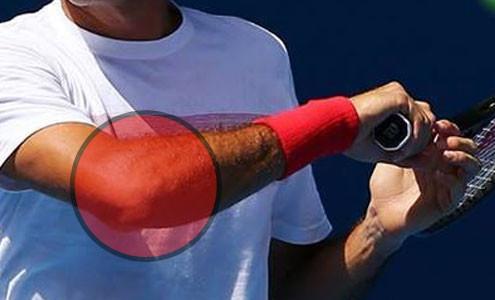



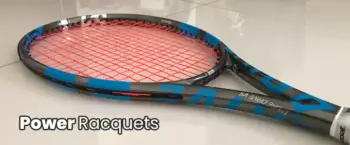
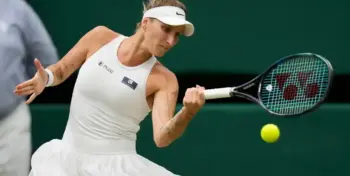
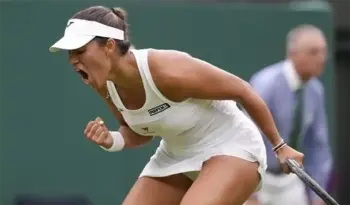
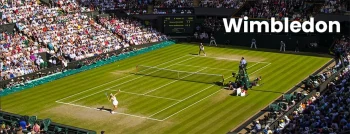








It can be worth a visit to a chiropractor. Sometimes, the cause of the pain is different and all it takes is a quick manipulation and the pain subsides. I went to a tennis playing chiropractor myself some months ago to address some lower back issues. I mentioned some other pain spots here and there and he just cracked me free of pain like nothing in a minute .
Nothing mentioned about strength training to manage it and prevent the issue once healed. This should be part of the recovery and prevention process
Interesting article, but you failed to mention the Number one cause of tennis elbow for tennis players is using a racquet and/or string combo that is too stiff.
Racquet stiffness (RA index) ranges from 55 to 75 falling in one of these sub-ranges:
55-60 low stiffness
61-65 medium stiffness
66-70 rather stiff
71-75 very stiff.
So, the first thing to do is stop using your current racquet, find it’s RA (thru TW or elsewhere) and adjust accordingly.